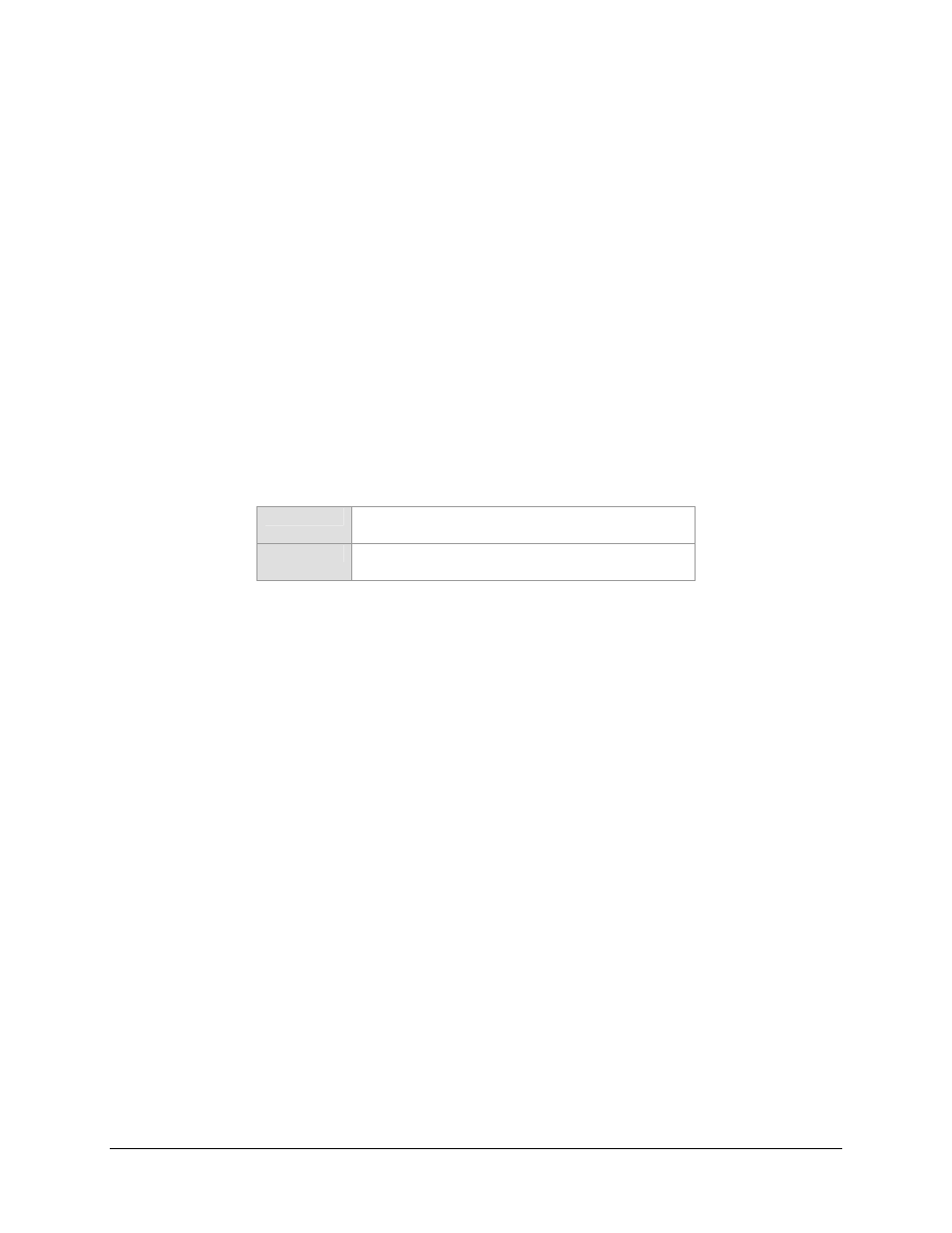2theory of operation, 3data interference, 4transmitted mux – Comtech EF Data SDM-300A User Manual
Page 274: 2 theory of operation, 3 data interference, 4 transmitted mux

SDM-300A Satellite Modem
Revision 6
Open Network Operations
MN/SDM300A.IOM
10–18
10.4.2
Theory of Operation
The main features of the D&I
option are as follows:
• Data interface
• Transmit MUX
• Receive DEMUX
• ESC
• Backward alarm
10.4.3 Data
Interference
Data interface contains transformer
-
balanced data interfaces that support CCITT G.703
parameters and dejitter. This is compatible with AT&T Digital Speech Interpolation
(DSI) service. Data inputs and outputs named are listed below:
Data Inputs
Drop send data input A and B (DSD-A and DSD-B)
Insert send data input A and B (ISD-A and ISD-B)
Data Outputs
Drop receive data output A and B (DRD-A and DRD-B)
Insert receive data output A and B (IRD-A and IRD-B)
The system is frequently used with the drop receive data output signal (DRD
-
A, -B)
looped to feed the insert send data input signal (ISD-A, -B). This is accomplished at the
far end of any redundancy switching in order to allow transmit and receive chains to be
switched independently. The zero substitution codes (Alternate Mark Inversion [AMI],
B8ZS, and HDB3) are user
-
selectable during configuration.
A data loopback function on the insert data is available in this section. This enables the
user to determine that the T1 or E1 data parameters correctly match those of this
interface. The drop data is always hard
-
wired into loopback.
10.4.4 Transmitted
MUX
The data stream is transmit MUX with a 1/15 overhead channel and the resultant
information rates are interfaced to the Mod/Demod/Coder sections of the modem. A
phase-locked loop generates the output clock (with overhead), using the input clock as a
reference. The input clock is normally the recovered clock from the data interface. If a
valid input signal is not present, the interface falls back to a 10
-5
accuracy reference clock
generated in the modem, and will transmit a valid IESS-308 framing pattern. If this
occurs, the link will remain open at the far end and a fault will be signaled.
The transmit data will be replaced with an all 1s pattern (AIS) in the event of certain
failures, in accordance with IESS-308.